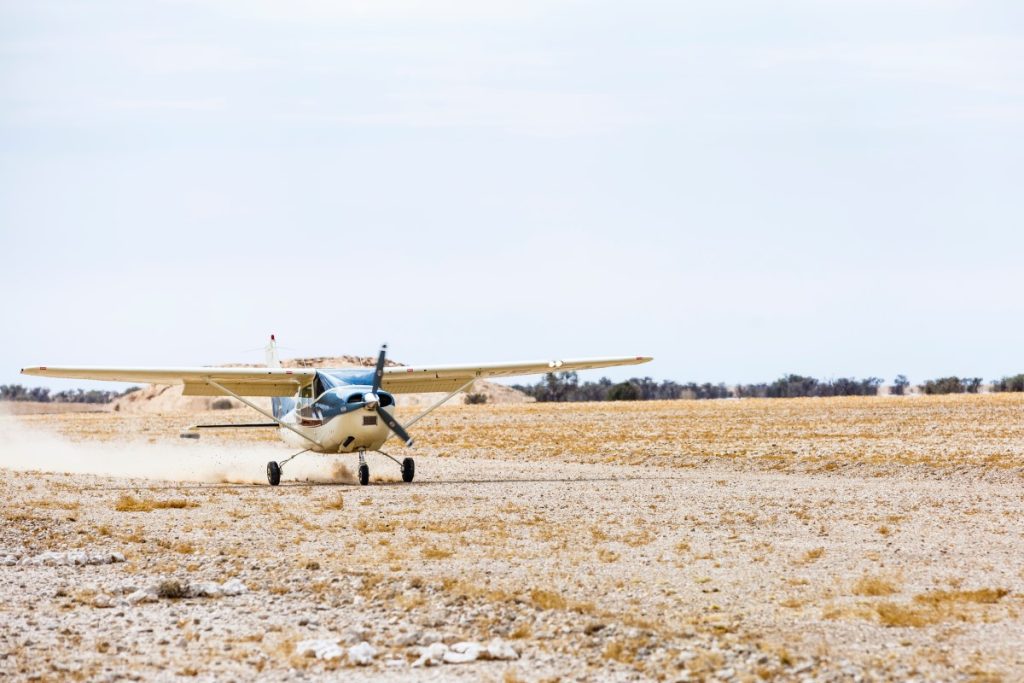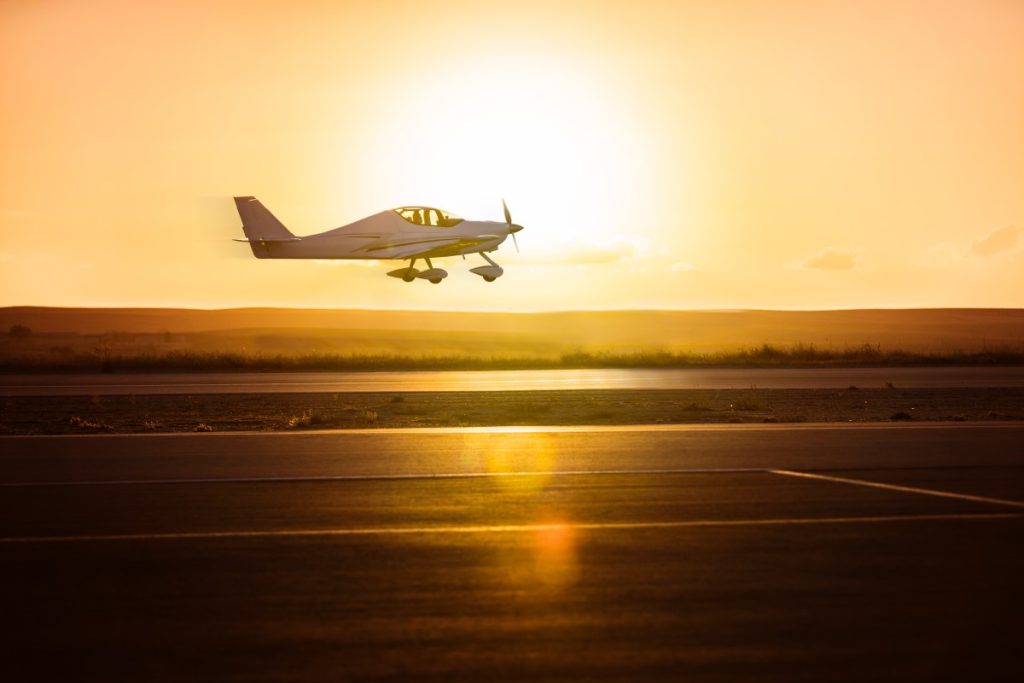Getting Your Recreational Pilot Licence: A Step-by-Step Guide
Getting Ready for Takeoff: Your Guide to Earning a Recreational Pilot Licence in Australia
So you want to learn to fly recreational aircraft?
I’m Daryl Smith, a now-retired Australian pilot with decades of experience in the industry, I am thrilled to share my insights with you today.
You’re embarking on a thrilling journey to fly light, single-engine aircraft for recreation.
Don’t worry. I’ve got you covered.
This article aims to break down the process of acquiring your Recreational Pilot Licence (RPL), the kind of aircraft you can fly with it, and how to get started. Let’s dive in!

What Can I Do With a Recreational Pilot Licence (RPL)?
Learning how to fly is a dream for many, and an RPL is the first significant step towards that dream. But what exactly can you do with an RPL?
An RPL lets you fly a light, single-engine aircraft as the pilot in command, without supervision. It’s the ticket to experiencing the freedom and thrill of the open skies.
Carrying Passengers with an RPL
You may be wondering if you can share this joy of flying with others. The answer is yes, with certain conditions.
If you hold a Recreation Aviation Australia (RA-Aus) pilot certificate, you can carry one passenger.
If you hold an RPL and either a Class I or Class II medical certificate, you can carry more than one passenger.
What Kinds of Aircraft Will I Be Able to Fly with an RPL?
The next question on your mind may be about the kinds of aircraft you’ll be able to command with an RPL.
With an RPL, you can only fly single-engine aircraft.
To fly a multi-engine aeroplane, you’ll need to acquire a private pilot licence (PPL) and complete training and a flight test for the multi-engine aeroplane class rating.
What Are the Restrictions on Flying with an RPL?
There are a few restrictions associated with an RPL that you should be aware of.
One of the main ones is that you can only fly solo at night when you’re in training, under the supervision of a flight instructor from a flying school. And you can’t carry passengers on those flights.
Additionally, the RPL is not recognised by the International Civil Aviation Organization (ICAO), which means that other countries don’t recognise it.
If you wish to fly in another country, you need to get approval from that country’s aviation authority.
What Do I Need Before I Can Start Applying for an RPL?
Before you can start flight training to become a pilot, there are a few prerequisites. To get an RPL, you must be at least 16 years old and have a certain level of English proficiency.
Before taking the flight test, you must undergo a medical test and obtain a Class 1 or Class 2 medical certificate. Or you could produce a recreational aviation medical practitioner’s certificate (RAMPC).

How Long Will It Take to Qualify for My Recreational Pilot Licence?
The duration of the flight training process to become a pilot depends on several factors, such as your commitment, availability, and aptitude.
However, as a general guideline, you must complete at least 25 hours of flying time, including 20 hours dual and 5 hours as pilot-in-command.
The Process to Apply for a Recreational Pilot Licence
To gain your recreational pilot licence, you need to follow the following steps stipulated by CASA:
Learn the Theory and Complete Your Training: You need to train with a Part 141 training operator. This training will equip you with the necessary theoretical knowledge about flying a light aircraft.
Sit the General English Language Assessment: If you use an aeronautical radio, you will need to meet general English language proficiency (GELP). This is a one-time process.
Get the Medical Certificate: This involves undergoing a medical test and getting either a Class 1 or Class 2 medical certificate, or you could produce a recreational aviation medical practitioner’s certificate (RAMPC).
Pass the RPL Exam: This is a comprehensive exam that tests the theoretical knowledge you’ve gained during your training.
Complete the Required Flying Time: This involves at least 25 hours of flying time, including 20 hours dual and 5 hours as pilot-in-command.
Pass an RPL Flight Test: This is the final step where you prove your skills as a pilot-in-command in a flight test.
Careers That Will Require You to Possess an RPL
An RPL is not just for those who wish to fly for recreation. It can also be a stepping stone towards a career in aviation.
It can lead to higher licences and even open up career opportunities in various sectors, such as aerial surveying, flight instructing, or working for charter companies.
Conclusion
Learning how to fly is a journey that is filled with excitement, challenges, and endless opportunities for personal and professional growth.
With your recreational pilot licence in hand, the sky is not just the limit, it’s your playground.
Always remember, every great pilot was once a beginner.
Get Started Today - Your Next Steps
Now that you’re familiar with the steps to acquire your recreational pilot licence, it’s time to start your flight training journey.
Check out our directory of trusted flight schools and instructors across Australia and find the right fit for you.
Your dream to become a pilot is one step closer to becoming a reality.

